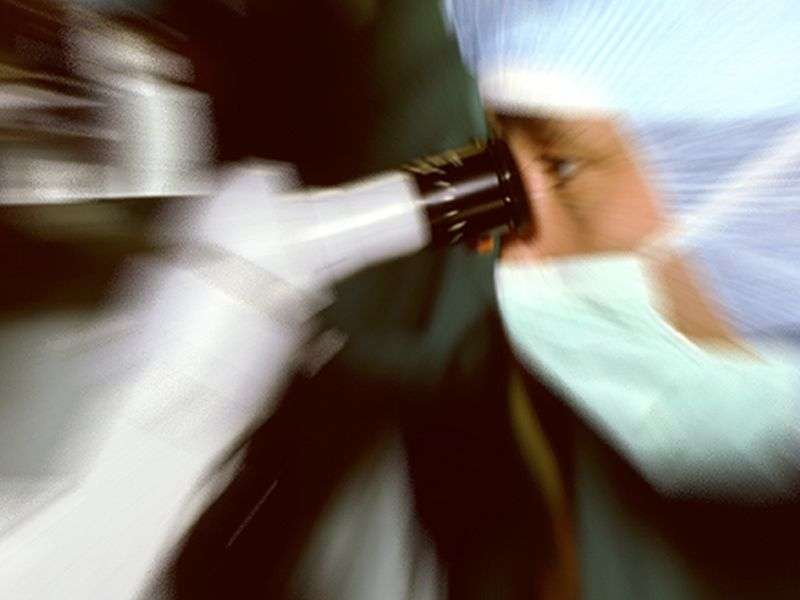UV exposure may contribute to impaired fat homeostasis

(HealthDay)—Adipochemokines induced by ultraviolet (UV) light may play a role in reduction of lipogenesis in subcutaneous (SC) fat, according to a study published online Aug. 27 in the British Journal of Dermatology.
E.J. Kim, from the Seoul National University College of Medicine in South Korea, and colleagues examined UV-induced specific adipochemokines implicated in UV-induced modulation of SC fat. The authors treated primary cultured adipocytes with conditioned media from UV- or sham-irradiated skin cells. SC fat was provided by young and old healthy subjects from sun-exposed and sun-protected skin. Sun-protected skin also underwent UV irradiation. Cytokine array was used to screen differentially expressed adipochemokines, which were confirmed in vitro and in vivo.
The researchers found that UV exposure greatly induced specific adipochemokines, including C-X-C chemokines such as ENA-78/CXCL5, and C-C chemokines such as MIP-3α/CCL20 and RANTES/CCL5 in SC fat. Via down-regulation of lipogenic enzymes and sterol regulatory element-binding protein-1 though their respective cognate receptors, they could impair triglyceride synthesis. UV irradiation also induced infiltration of adipose tissue macrophages, which were responsible for chemokine secretion into SC fat.
"These UV-induced adipochemokines may be implicated in the reduction of lipogenesis in SC fat, leading to impairment of fat homeostasis and associated comorbidities such as obesity," the authors write.
More information:
Abstract
Full Text (subscription or payment may be required)
Copyright © 2017 HealthDay. All rights reserved.




















